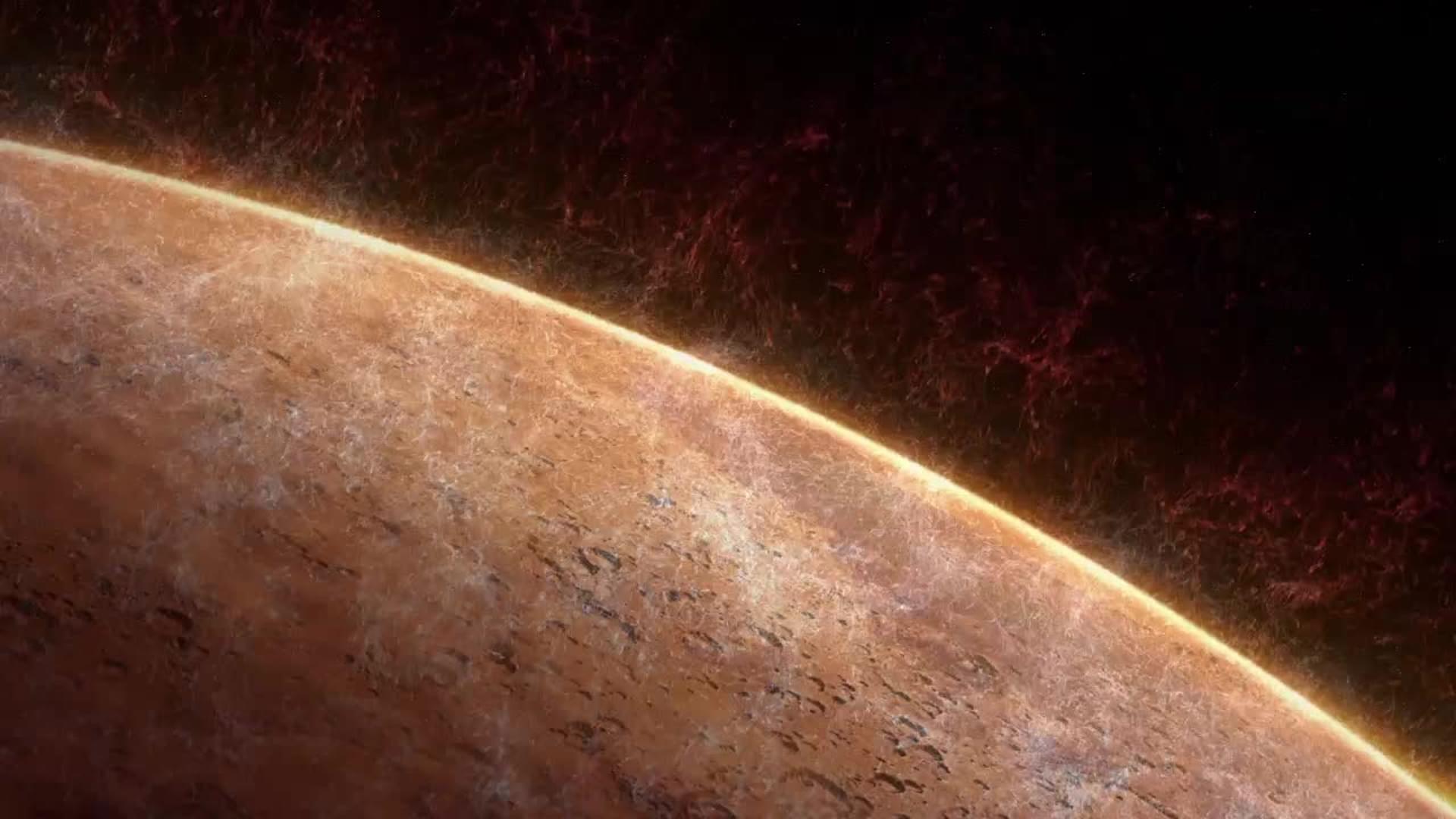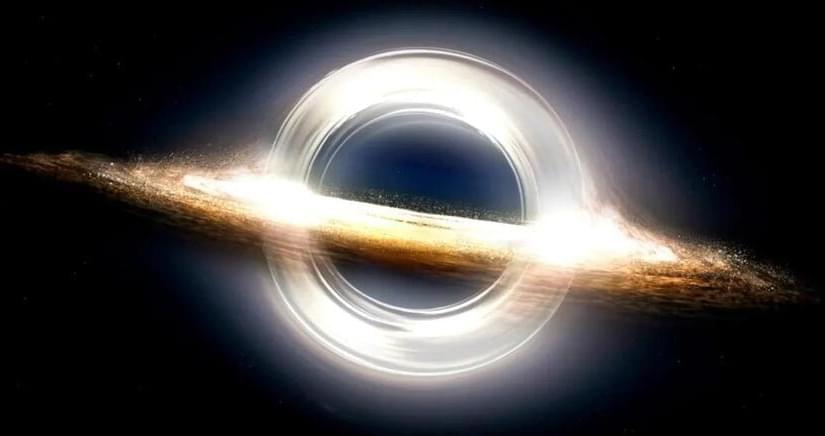Three year old Space Solar has completed an 18-month engineering design and development project for key parts of its modular space-based solar power system.
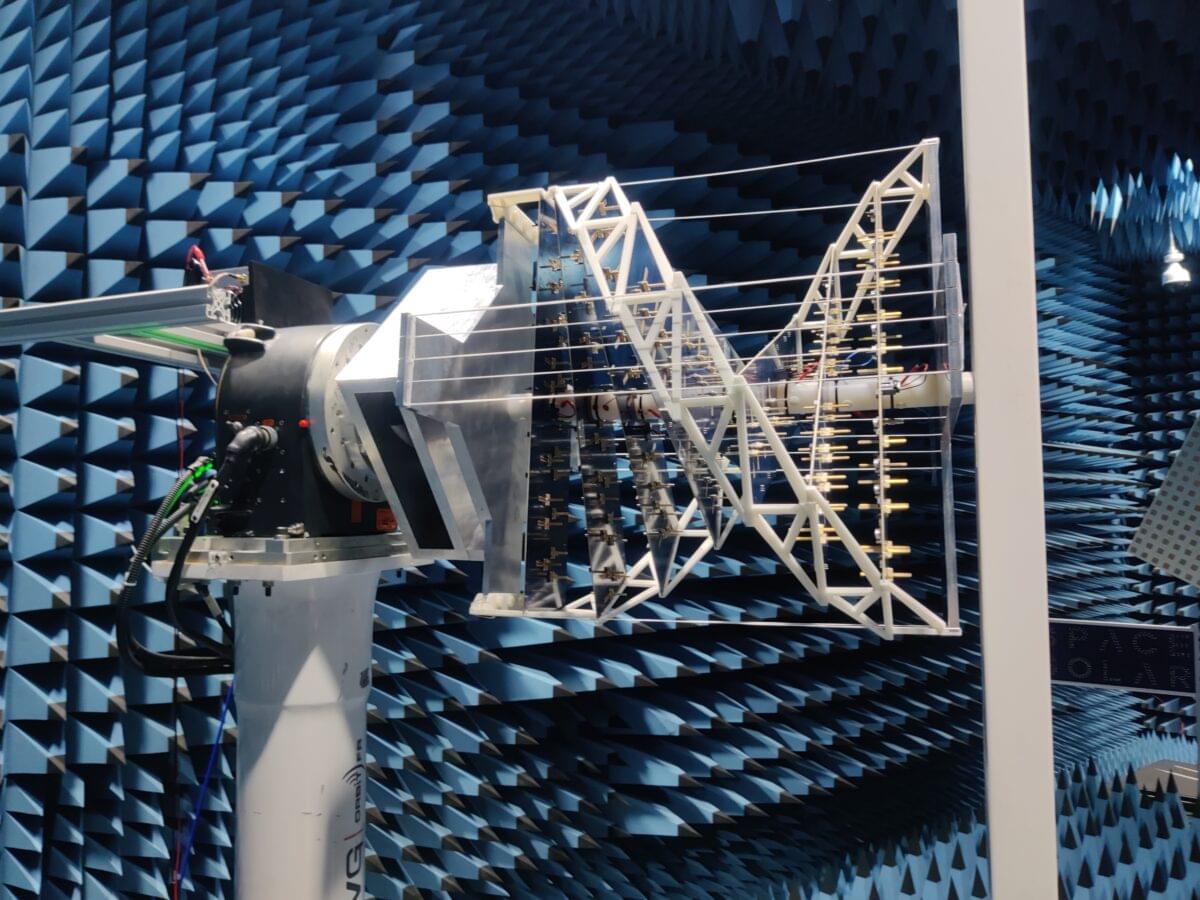

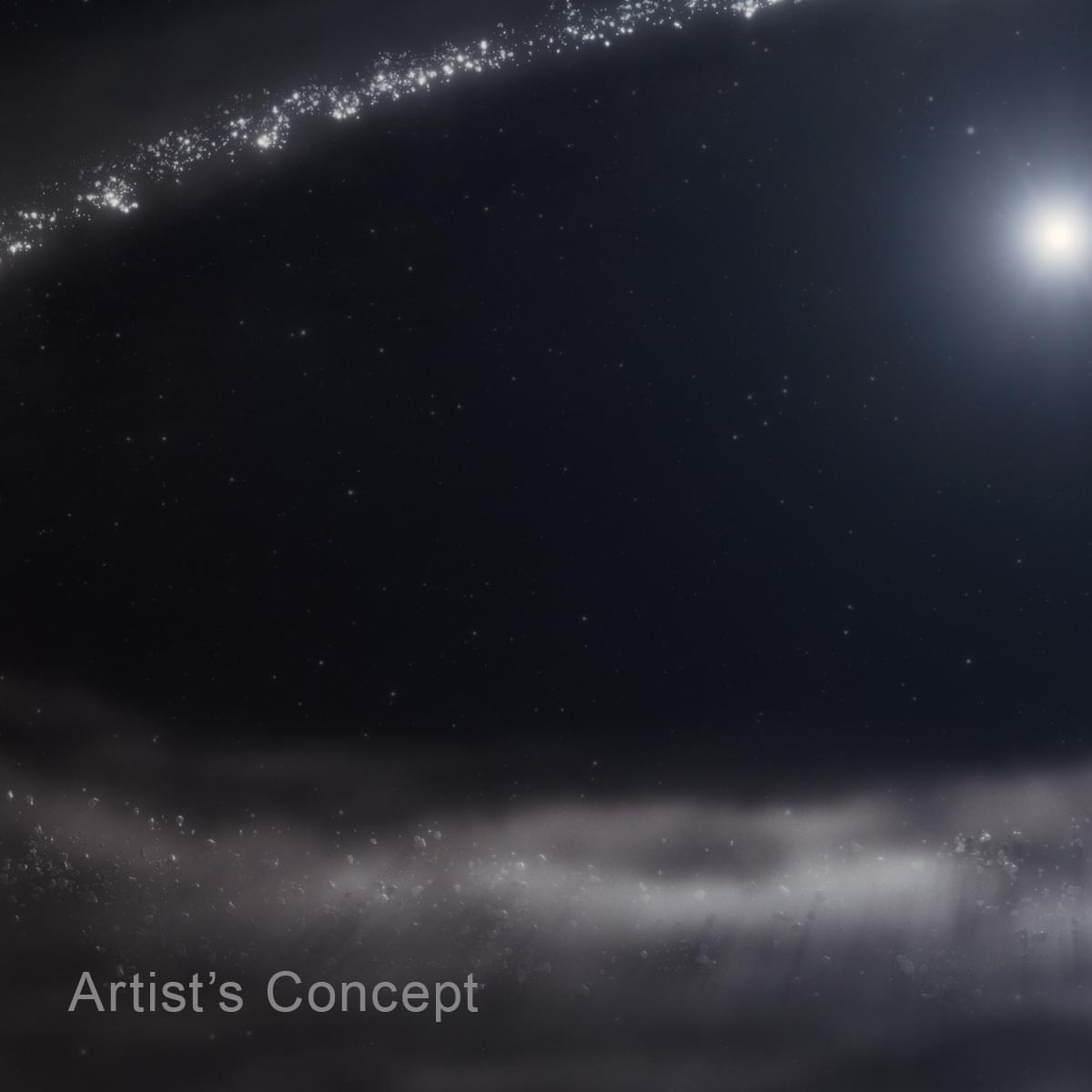
We know water in its solid state — ice — exists on moons orbiting Jupiter, Saturn, Uranus, and Neptune. Telescopes have also spotted frozen water on dwarf planets, comets, and other bits of rock that “hang out” in the Kuiper Belt at the edge of our solar system. But for decades, water ice was not confirmed to exist around other stars.
The James Webb Space Telescope has unequivocally changed that: Data from its NIRSpec (Near-Infrared Spectrograph) confirmed the presence of water ice in a dusty debris disk that surrounds a star known as HD 181327.
Water ice heavily influences the formation of giant planets and may also be delivered by comets to fully formed rocky planets. Now that researchers have detected water ice with Webb, they have opened the door to studying how these processes play out in new ways — in many other planetary systems — for all researchers.
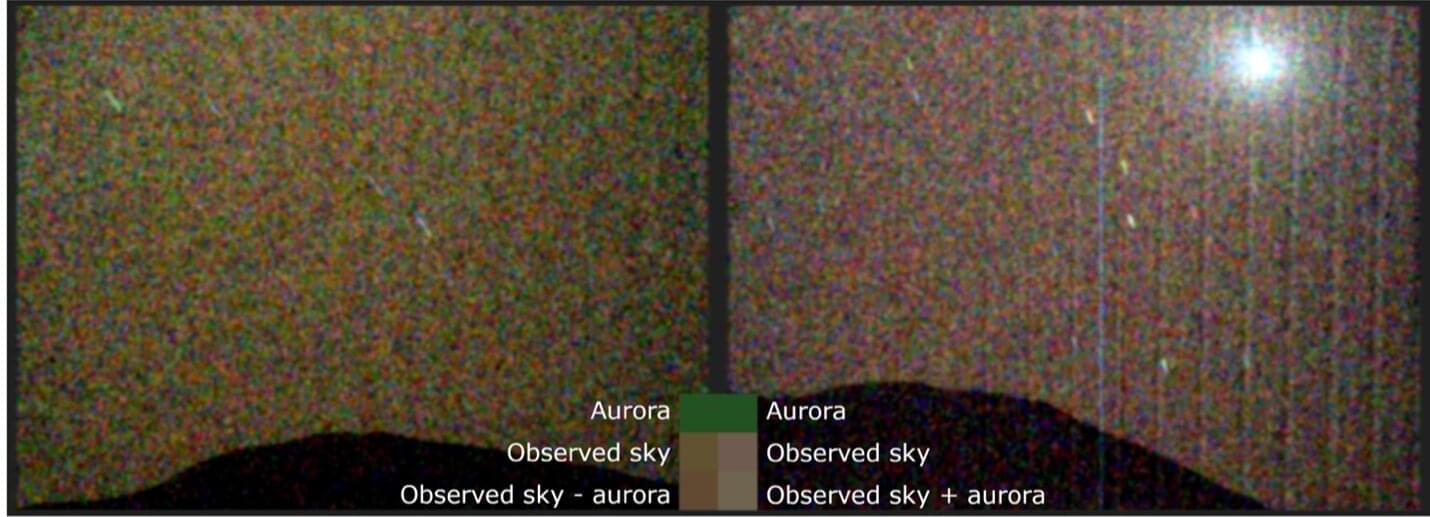
On March 15, 2024, near the peak of the current solar cycle, the sun produced a solar flare and an accompanying coronal mass ejection (CME), a massive explosion of gas and magnetic energy that carries with it large amounts of solar energetic particles. This solar activity led to stunning auroras across the solar system, including at Mars, where NASA’s Perseverance Mars rover made history by detecting them for the first time from the surface of another planet.
“This exciting discovery opens up new possibilities for auroral research and confirms that auroras could be visible to future astronauts on Mars’ surface,” said Elise Knutsen, a postdoctoral researcher at the University of Oslo in Norway and lead author of the Science Advances study, which reported the detection.

A new study from the University of Portsmouth has outlined a possible way to improve how we distinguish between two closely spaced light sources, an issue that has long challenged classical imaging systems.
The approach, published in Physical Review Applied, uses principles from quantum physics to estimate small separations between light-emitting objects, with potential future applications in fields like microscopy, astronomy, and remote sensing.
The research suggests that a relatively simple quantum set-up could be used to extract spatial information that is traditionally limited by the so-called Rayleigh criterion—a rule dating back over a century that defines the limits of classical resolution.
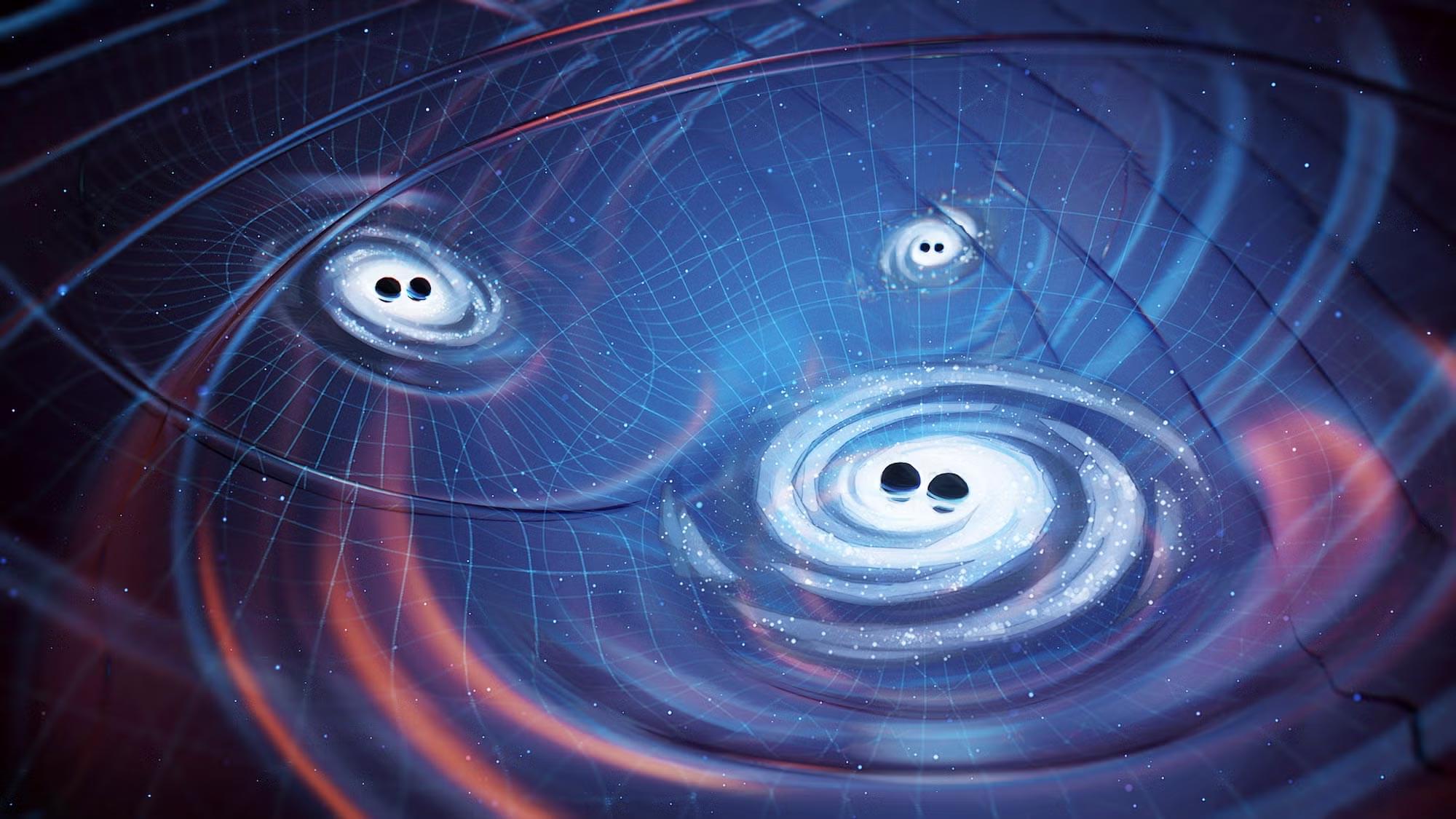
Gravitational waves are constantly washing over Earth, but an astrophysicist aims to capture them in an entirely new way—by watching distant quasars appear to wiggle due to spacetime distortions.
Using data from the Gaia satellite, he’s searching for three-dimensional effects that previous techniques might have missed.
Exploring a new method to detect gravitational waves.


We have long taken it for granted that gravity is one of the basic forces of nature – one of the invisible threads that keeps the universe stitched together. But suppose that this is not true. Suppose the law of gravity is simply an echo of something more fundamental: a byproduct of the universe operating under a computer-like code.
That is the premise of my latest research, published in the journal AIP Advances. It suggests that gravity is not a mysterious force that attracts objects towards one another, but the product of an informational law of nature that I call the second law of infodynamics.
It is a notion that seems like science fiction – but one that is based in physics and evidence that the universe appears to be operating suspiciously like a computer simulation.

